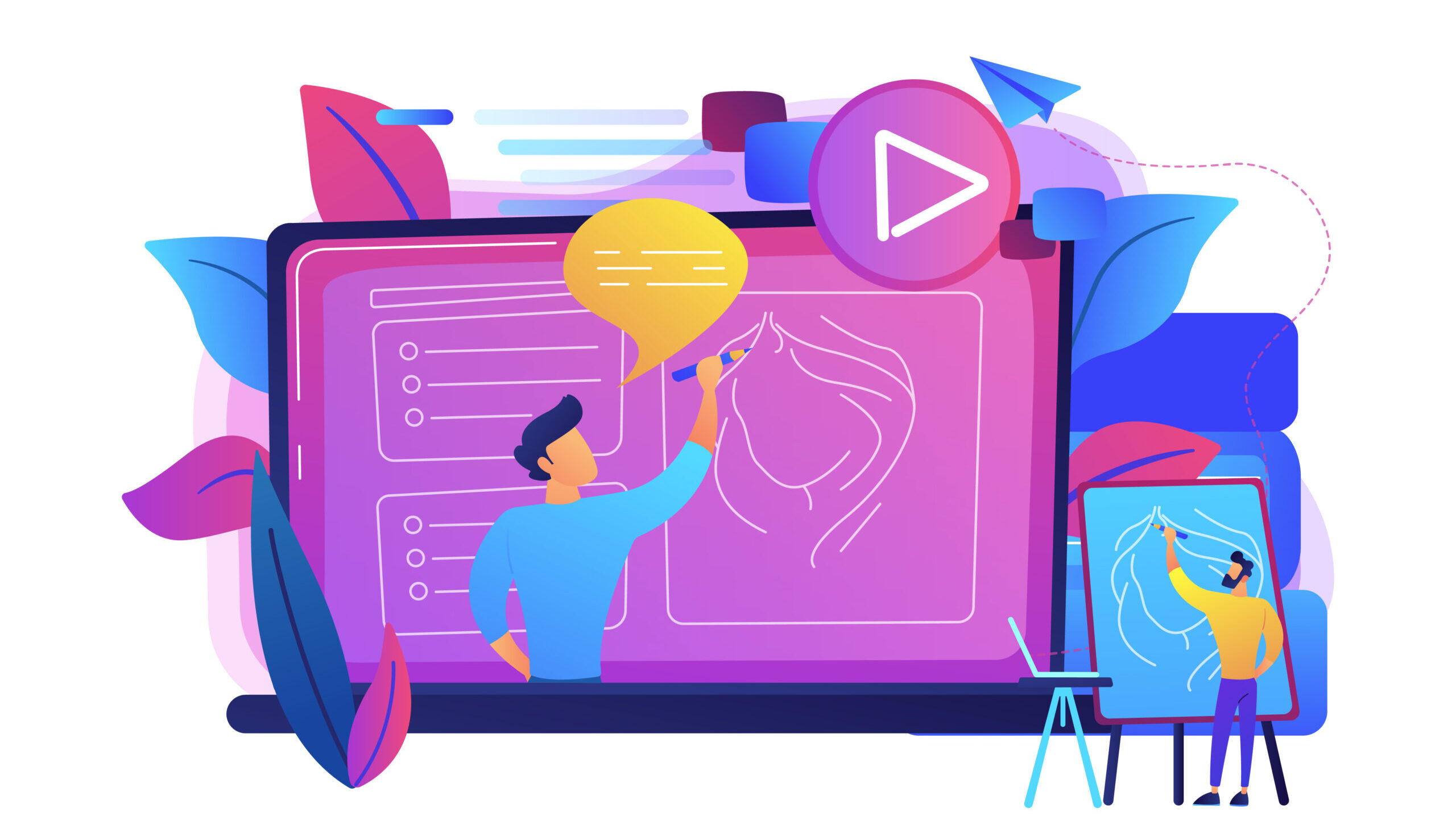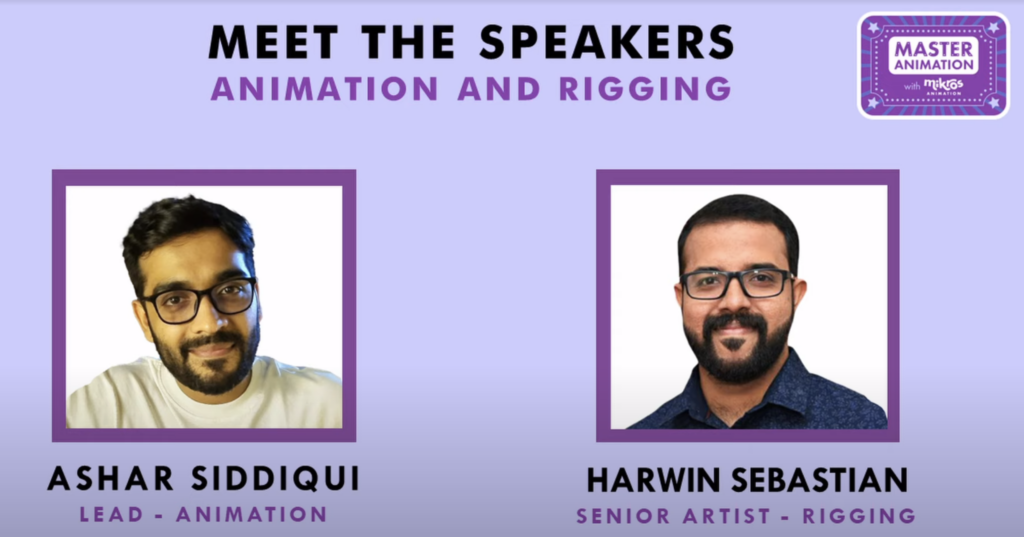
Technicolor Explores the Intricacies of Animation, Rigging
Technicolor took a deep dive into animation and rigging on Feb. 20, during the third edition of its “Master Animation with Mikros” masterclass series dedicated to exploring the intricacies of animation and visual storytelling.
During the Technicolor-owned Mikros’s webinar, “Master Animation with Mikros: Animation and Rigging,” Ashar Siddiqui, lead – animation, and Harwin Sebastian, senior artist – rigging, shared their processes for animation and rigging, what a day in their work life looks like, and delved into the collaboration between their departments as well.
“Rigging comes before animation, and they are usually in a rush,” Siddiqui said at the start of the webinar.
Sebastian agreed, telling viewers: “Rigging comes before the animation in a production. Without rigging, there is nothing to animate.”
 Sebastian “used to watch cartoons a lot,” he pointed out. “I love cartoons. I still do. I still watch cartoons a lot. Whenever Looney Tunes or Popeye or Tom and Jerry pop up, I still watch it. It relaxes my mind, and it makes me laugh.”
Sebastian “used to watch cartoons a lot,” he pointed out. “I love cartoons. I still do. I still watch cartoons a lot. Whenever Looney Tunes or Popeye or Tom and Jerry pop up, I still watch it. It relaxes my mind, and it makes me laugh.”
According to Siddiqui, “late 90s cartoons probably shaped us all.” He joked: “I’m glad, in the late 1950s, in your childhood, they still had Popeye and Tom and Jerry … on TV.”
Sebastian laughed and countered: “Considering your skill with numbers, I’m glad that you are not a rigging artist.” He added: “Watching cartoons made me wonder how those cartoons were made. Plus, I had a great interest in drawings I picked up from my mom, which made me choose a course in animation, which was actually a three-year course where we learned 2D animation, 3D animation, preproduction and production.”
But Sebastian added: “To know what an actual animation industry is, you have to work in an animation studio. And that’s [why] I joined Mikros. I was at Mikros for a very good seven years…. I got to learn that rigging is not a small field. It’s a very huge, vast endless sea.”
Siddiqui also was interested in drawing, he said, explaining: “I would often sketch while I was watching cartoons and try to draw them over on paper. Plus, I was very interested in performing and acting…. I would often copy famous personalities and put them in weird and funny situations, and see how they would react and often perform them in front of my friends just for a few laughs. So when I found out about animation, it was a perfect blend for me. It had acting, it had drawing skills all together matched up. And I thought that’s what I wanted to go for. So for that I, later went to a film school to study animation.”
In film school, “with animation, I was also studying direction, screenwriting, cinematography, editing, which I think eventually helped me and still helps me when I’m talking to directors or animation supervisors, trying to understand where a scene fits and why it is there, or understanding a character,” according to Siddiqui. “So that really helped. Plus, I also studied [traditional] 2D animation, and then I had to switch to 3D, which was a struggle for me for a while. But eventually, I picked it up, and here I am. I’ve been with Mikros for three years now.”
Siddiqui discussed what a typical day is like for him, saying: “A day at my desk usually starts with a catch-up with the leadership team. This is a time where we discuss problems if the other teams are having [any]. This is also a place where we discuss solutions and come up with them. And, from there, we distribute [the solution] to other team members. I’m usually the point of contact for my team, so if there’s any other department [that has] a query on the sequence I’m working on, they will probably come up to me, and from there, we will discuss and figure out what needs to be done.”
 Then, he said, “in general, the rest of the day, I’ll probably be reviewing shots, helping my teammates where they need my help, and just making sure that we are on schedule for the project.”
Then, he said, “in general, the rest of the day, I’ll probably be reviewing shots, helping my teammates where they need my help, and just making sure that we are on schedule for the project.”
Siddiqui noted that rigging is “one department I am really dependent on for the good flow of my work, so there could be a catch-up with probably Harwin from rigging, and we may discuss things.”
Also, “depending on the time zone we are in, if the director is still in the time zone or not, by the end of the day we may have dailies with the animation supervisor or director on the shots that we had finished on that day,” Siddiqui said.
For Sebastian, he pointed out that the day begins for him with filling up his water bottle and, then, catching up with his teammates, to discuss challenges, priorities, deadlines and other important issues.
Sebastian added: “After discussing all those things, we’ll be assigning the task. And it’s just not do rigging, but we’ve got to meet the requirements which comes from the animation or which is for the animation. So when we need clarity on the [animation] requirements, we’ll be having a catch-up with the [animation] team to get more clarity on the rigs which we are yet to deliver.”
